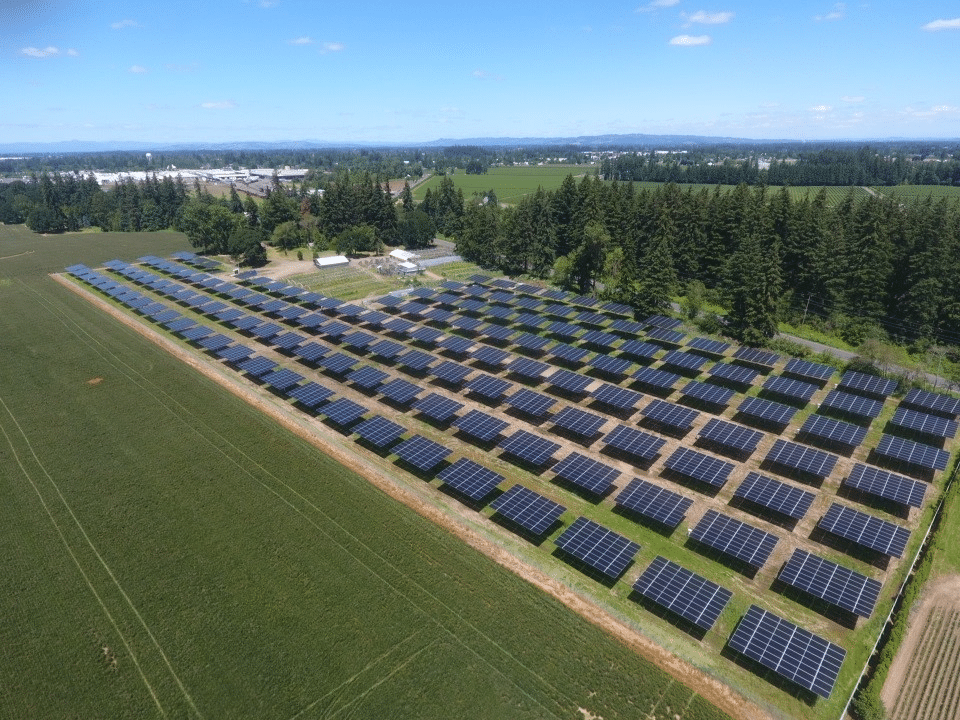The Community Renewable Energy Act (AB 2316) was sponsored by the Coalition for Community Solar Access (CCSA), and supported by the Solar Industries Energy Association, GRID Alternatives, Vote Solar, the Sierra Club, and more. However, the California Public Utilities Commission (CPUC) opposed the bill.
The CPUC asserted in its proposed decision that the Net Value Billing Tariff (NVBT) outlined in the Community Renewable Energy Act “conflicts with federal law and does not meet the requirements” of the bill, which CCSA has noted is erroneous.
In comments filed in March by CCSA, it characterized the original proposed decision as misguided and misinformed, and determined it will not result in the development of community solar projects as envisioned by the legislature with the enactment of AB 2316.
Now the CPUC has revised its proposed decision and in it concedes that it needs guidance as to what a successful community solar program looks like:
…the record of this proceeding contains no details on what would be considered a successful community renewable energy program. Accordingly, the workshop with parties to discuss the objectives, methodology, and metrics for the evaluations of the community renewable energy program will include a discussion of what a successful community renewable energy program would look like, including metrics for success and a megawatt baseline expectation for the community renewable energy program.
This revised proposed decision says it’s beneficial to ratepayers to layer a customer subscription model and a non-ratepayer-funded adder on standard supply-side tariffs. This “revised” proposed decision still intends to rely on one-time funds from the EPA’s Solar for All program as a subsidy. The CCSA warns against subsidizing “an unworkable program” instead leveraging private capital “to serve hundreds of thousands of income-qualified customers and small businesses”.
Furthermore, the revised proposed decision gives no details such as a method for dispersing external funding to the projects and participating customers, reporting requirements, the process for participating, eligible tariffs, cost recovery mechanisms, and more.
According to the CCSA, CPUC is moving nothing forward and instead, “doubles down on supporting the broken proposal from the state’s utilities and would make California’s community solar program dead on arrival. It will not result in the development of new projects as envisioned by AB 2316 and will continue to leave California with no functional community solar program.”
The CCSA emphasizes the value that community solar can bring to California’s grid and help the state achieve both clean energy and equity objectives. Moving forward with the revised proposed decision, CCSA contends, would mean ignoring the many groups from the legislature to a broad coalition of ratepayers and other groups who seek a functional community solar program.
An increasing number of states are implementing pro-active community solar policies just as the market is starting take off. While installations of community solar contracted in 2022, Wood Mackenzie forecasts the U.S. community solar market to grow 118% over the next five years, with at least 6 GW expected to come online in existing markets between 2023 to 2027.
“California should be seizing this once-in-a-generation opportunity to create a vibrant market. We urge the CPUC to slow down and take the additional time necessary to get this important decision right,” said Derek Chernow, Western regional director for the CCSA.
This content is protected by copyright and may not be reused. If you want to cooperate with us and would like to reuse some of our content, please contact: editors@pv-magazine.com.









By submitting this form you agree to pv magazine using your data for the purposes of publishing your comment.
Your personal data will only be disclosed or otherwise transmitted to third parties for the purposes of spam filtering or if this is necessary for technical maintenance of the website. Any other transfer to third parties will not take place unless this is justified on the basis of applicable data protection regulations or if pv magazine is legally obliged to do so.
You may revoke this consent at any time with effect for the future, in which case your personal data will be deleted immediately. Otherwise, your data will be deleted if pv magazine has processed your request or the purpose of data storage is fulfilled.
Further information on data privacy can be found in our Data Protection Policy.